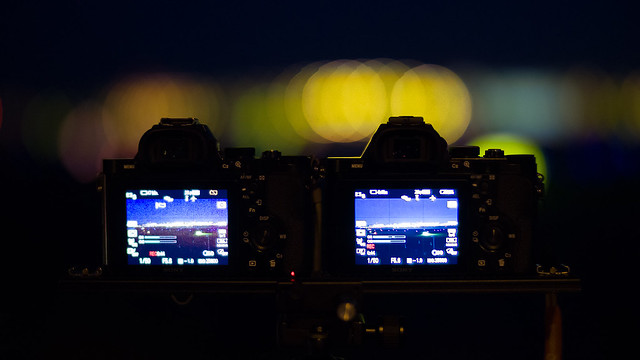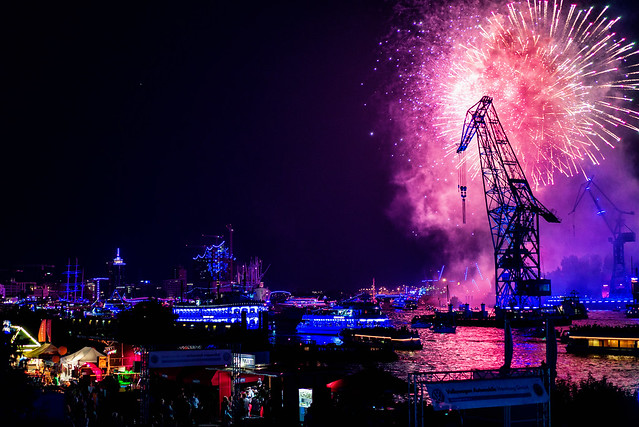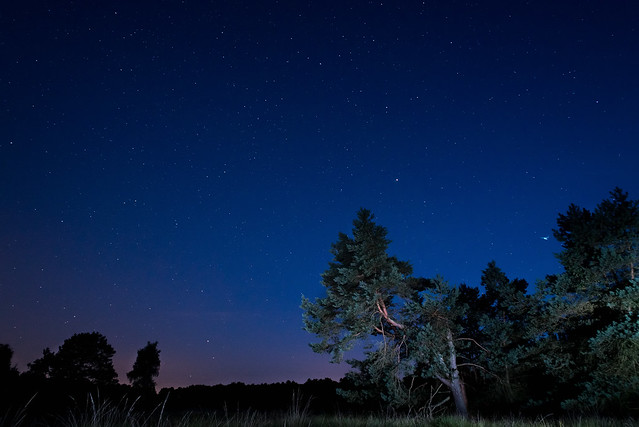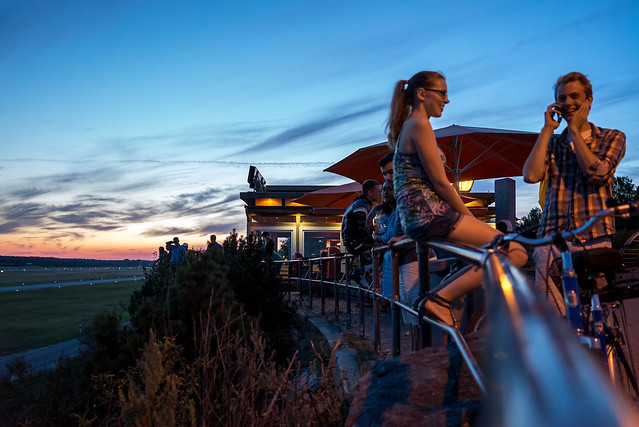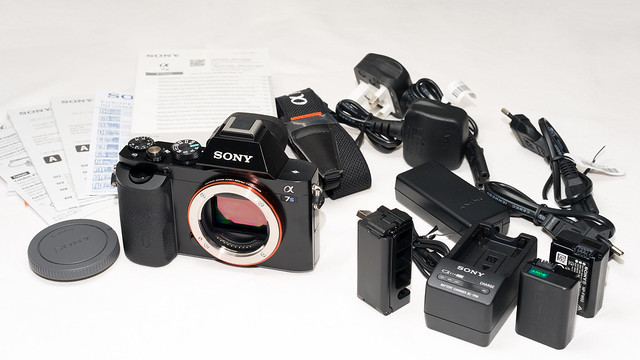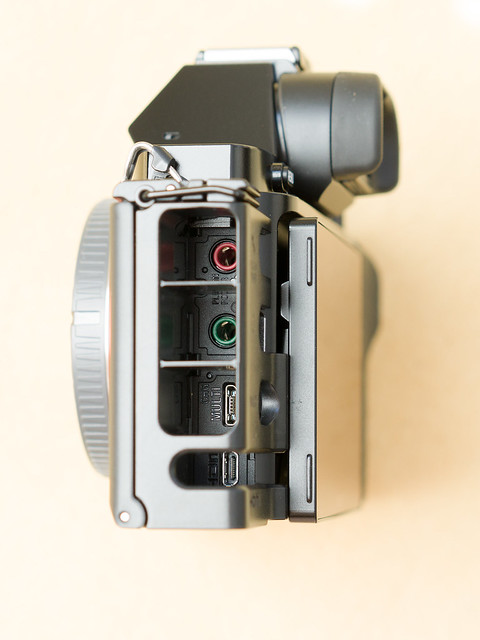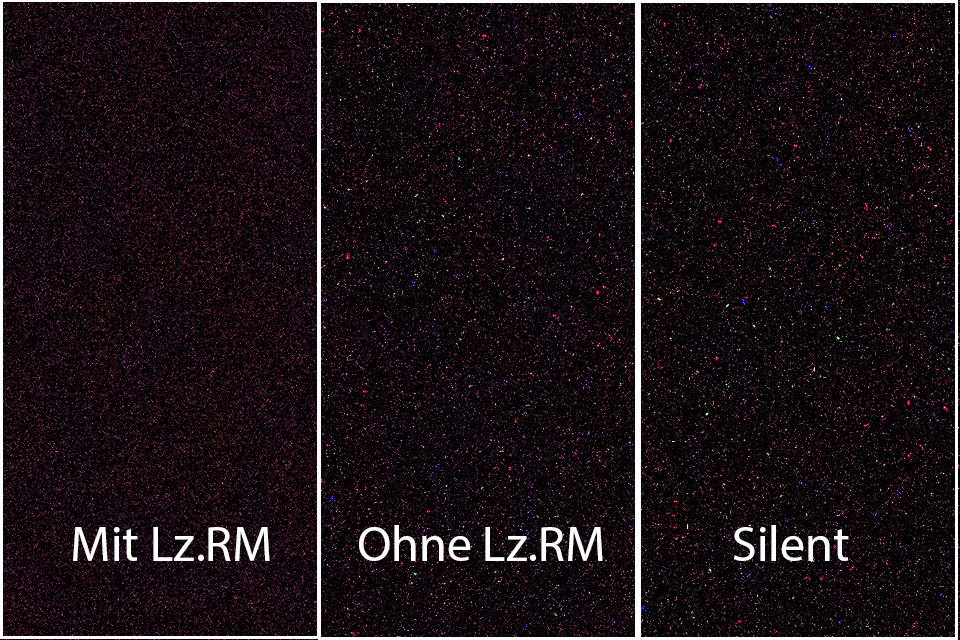ISO 1000 (full resolution available when you click on the image), lens: Zeiss FE 1.8/55 @ f/2.0:
ISO 1600 (full resolution available when you click on the image), lens: Voigtlander Ultron 21mm f/1.8 ASPH @ f/5.6:
ISO 2000 (cropped), lens: Zeiss FE 1.8/55 @ f/2.8:
ISO 3200 (cropped), lens: Zeiss FE 1.8/55 @ f/2.8:
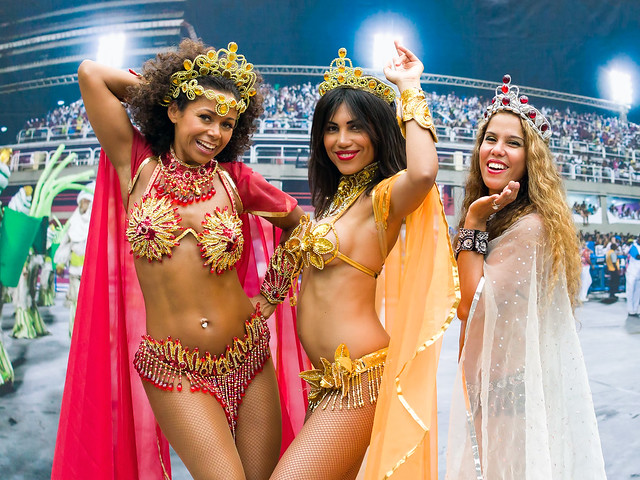
Sony A7S, ISO 12800, (scaled), lens: Zeiss FE 2.8/35 @ f/4.0:
And for a 1:1 comparison: Sony A7R, ISO 12800 (scaled to same size), lens: Zeiss FE 2.8/35 @ f/4.0
Up to this point there may be nothing too impressive for you, as the sensor of the A7S is not optimized for low ISO shoots and the A7R is quite a good performer in that ISO range as well with 3x more pixels and more crop reserve. But when processing the ISO 12800 ISO image I started recognizing that there are already significantly more dynamic reserves in the colors and especially in the shadow areas.
The REAL DIFFERENCE between the A7R and the A7S becomes visible when you compare video output at ISO 3200 to ISO 25600 (where the A7R is limited) and especially when you crank ISO on the A7S even higher up to 102400:
So low light and video performance make the real difference to almost any other hybrid camera currently available and you have the first full frame camera capable of complete silent shooting. It shoots up to 5 frames per second and when you record 4K to an Atomos Shogun you get up to 30 fps in uncompressed 8 MP! Besides that, some people say, they like the look of Leica M lenses on the A7S better than on Leica M bodies.
Video Profiles
I will cover the large range of available video profiles in another article in more depth. You may have read already that the A7S supports a S-Log2 profile to squeeze the full dynamic of the sensor into the output limited to 8 Bit but let me say, grading S-Log2 in post processing requires a significant amount of grading experience and it can only be used with ISO 3200 or higher. So for beginners, the DRO Lv. 5 or the Cine 2 (Picture Profile 6) may be a better choice. These profiles also squeeze dynamic but keep the colors close to your human perception. That's one of the reasons why the above video test was recorded at DRO Lv. 5 (and of course the lack of other profiles on the A7R).
One of the downsides of the A7S is, that video output is limited to 8 Bit. But if you record 4K with the Atomos Shogun at 8 Bit, 4:2:2 subsampling, you may be able to convert it to 10 Bit 4:4:4 at 1080p which already gives you significantly more flexibiity in post processing. I am expecting FullHD (1080p) videos in a quality never seen before from consumer cameras. The only prerequisite is that the 4K footage already contains a small amount of noise so that at downsampling to 1080p you get some intermediate values for averaging.
Another word regarding 4K recording: You may have seen all these comparisons emphasizing that the Panasonic Lumix GH4 can record 4K to the SD card. Of course even my Samsung Galaxy S5 can record 4K videos to the micro SD card. The difference is the quality you can expect. As h.265 is still not available in cameras, you have to use h.264 to get best ratio of compression and quality (also XAVC-S uses h.264). For my quality expectations, 4K requires et least a video bit rate of 200 Mbps but current SD cards will have severe problems with that. That' s one of the reasons why the GH4 limits output to 100 Mpbs even at 4K recording. So to get really good 4K footage, also the GH4 should be connected to an external HDMI recorder. That also gives you more flexibility with larger storage space, a signficantly better display, preview with LUT applied already etc.
Coming back to low ISO once more
Some reviews claim, the A7S has the same or even higher dynamic range at base ISO (ISO 100) like the A7R or the Nikon D800E but others (e.g. DxO Mark) measure one stop less DR at base ISO. So I made my own test at base ISO 100:
If you click on the image you get to an album containing the single images in other sizes.
The series were taken with 3 stops underexposure up to 3 stops overexposure. Afterwards in ligthroom RAW post processing the exposure was adjusted by the same amount in the opposite direction and additionally the lights were reduced by 100 and the shadows were raised by 100. With these cranked curves you can see the DR limits: The sky is burning out at approximately the same amount of overexposure but in the underexposed images there is some more reserve for the shadows in the A7R images. So I would say, the A7S delivers about one stop less DR at base ISO than the A7R (which confirms the measurements of DxO) but at ISO 200 already the A7S starts changing the game...
Finally let's take a look at "what's in the box":
You will notice a second battery, a supplementary battery charger and a cable protector. This is, how the cable protector looks attached to the camera:
Update
When I compared the full electronic ("silent") shutter with the mechanical shutter under complete darkness and extreme ISO and postprocessing settings, I made an interesting finding:
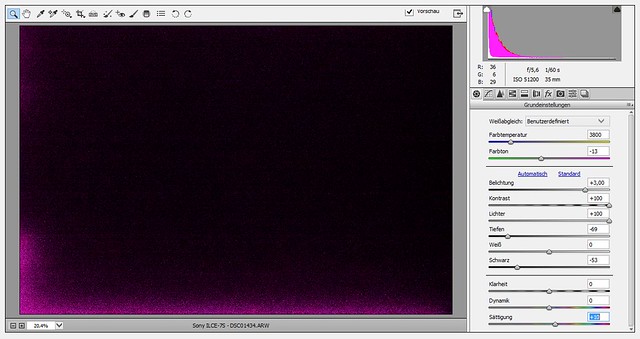
(shot with ISO 51200 and mechanical shutter + extreme post processing settings (see on the right side))
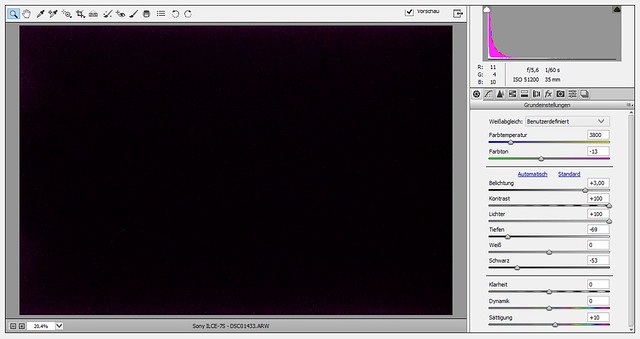
(shot with ISO 51200 and silent shutter + extreme post processing settings (see on the right side))
Please note, that both images were simply black without cranking the post processing controls to extreme values in order to make this effect visible. I assume, there is something producing some photons inside the body when the mechanical shutter is moving (e.g. frictional heat, static charge?) which does not happen, when the shutter is set to full electronic mode. It might be an interesting finding for those who are planning to use the A7S for astro photography in order to achieve better results. In most cases you will use long exposures with less ISO, where this effect will not be determined but it may be an interesting option when you shoot series with many images, long focal lengths and short exposure times in order to stack them afterwards.
When you use long exposure times there might be the question, which mode produces more noise. Per default, the long exposure noise reduction is enabled which will cause an extra shot with closed shutter, so that the camera can remove speckles afterwards. This option is not available in "silent" shooting mode. But is there a difference in noise between silent mode and shutter mode (without long exposure noise reduction)? See this comparison of 100% crops at ISO 6400, 20 seconds exposure time and afterwards pushing up the exposure in Lightroom / ACR by 3 stops:
You see, there are less speckles with activated long exposure noise reduction ("Mit Lz.RM") but it may "kill" some small stars as well. There is no difference in noise and speckles when comparing the silent (full electronic) mode with the shutter mode with deactivated long exposure noise reduction ("Ohne Lz.RM").




